Java async annotation spring boot
Java async annotation spring boot
Java Async Annotation in Spring Boot
In a traditional synchronous programming approach, a method executes from top to bottom, and the program waits for each operation to complete before moving on to the next one. However, this approach can lead to performance issues when dealing with complex systems that involve multiple asynchronous operations.
To address these limitations, Java introduced async-annotation support in its language specification, allowing developers to write more efficient and scalable code. In Spring Boot, this feature is built-in, enabling developers to create asynchronous applications seamlessly.
Understanding Async Annotations
Async annotations are used to indicate that a method should be executed asynchronously, i.e., without blocking the main thread. This is achieved by annotating the method with an async annotation, such as @Async or @EnableAsync.
When a method is annotated as async, it will execute on a separate thread or executor service (depending on the configuration). The calling thread will not wait for the completion of the asynchronous method and can proceed to execute other operations. This allows for better resource utilization and scalability in systems that rely heavily on asynchronous processing.
How Async Annotations Work in Spring Boot
In a Spring Boot application, async annotations work seamlessly with the existing infrastructure. To enable async support, developers simply need to add the @EnableAsync annotation at the application or configuration level.
java@SpringBootApplication @EnableAsync public class MyApplication { // ... }
Once enabled, async annotations can be applied to any method within the application. For example:
java@Service public class MyService { @Async public Future myMethod() { // Some asynchronous operation... return CompletableFuture.completedFuture("Result"); } }
In this example, myMethod() is annotated as async and returns a Future object that represents the result of the operation. The calling code can then use the get() method to retrieve the result when it becomes available.
Benefits of Async Annotations in Spring Boot
The introduction of async annotations in Spring Boot provides several benefits, including:
Improved performance: By executing methods asynchronously, you can reduce the load on your system and improve overall performance. Better resource utilization: Async execution enables more efficient use of resources, as multiple operations can be executed concurrently without blocking the main thread. Enhanced scalability: Asynchronous processing makes it easier to handle large volumes of requests or data processing tasks, making your application more scalable. Simplified coding: With async annotations, you don't need to write complex code to manage asynchronous execution, reducing the overall complexity of your application.Conclusion
In this article, we explored the benefits and implementation details of Java async annotation in Spring Boot. Async annotations allow developers to create asynchronous applications with ease, enabling better performance, resource utilization, and scalability. By incorporating async support into your Spring Boot application, you can build more robust and efficient systems that meet the demands of modern software development.
What is the use of @async annotation in Java?
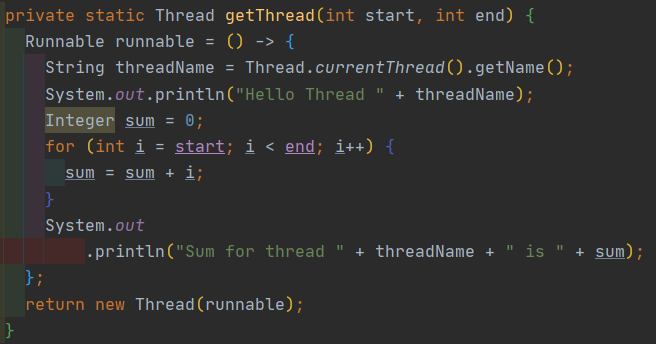
The @Async annotation in Java is used to mark a method as asynchronous, which allows it to run independently from the rest of the program's flow. This means that when a method is marked with @Async, it will execute in a separate thread, without blocking the main thread.
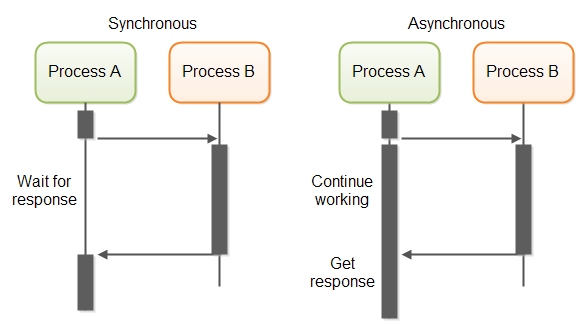
When you mark a method with @Async, the Spring Framework (which provides this annotation) creates a new Thread or uses an existing one to run the annotated method. This allows your program to perform other tasks while the asynchronous method is running, improving overall performance and responsiveness.
Here are some key benefits of using @Async:
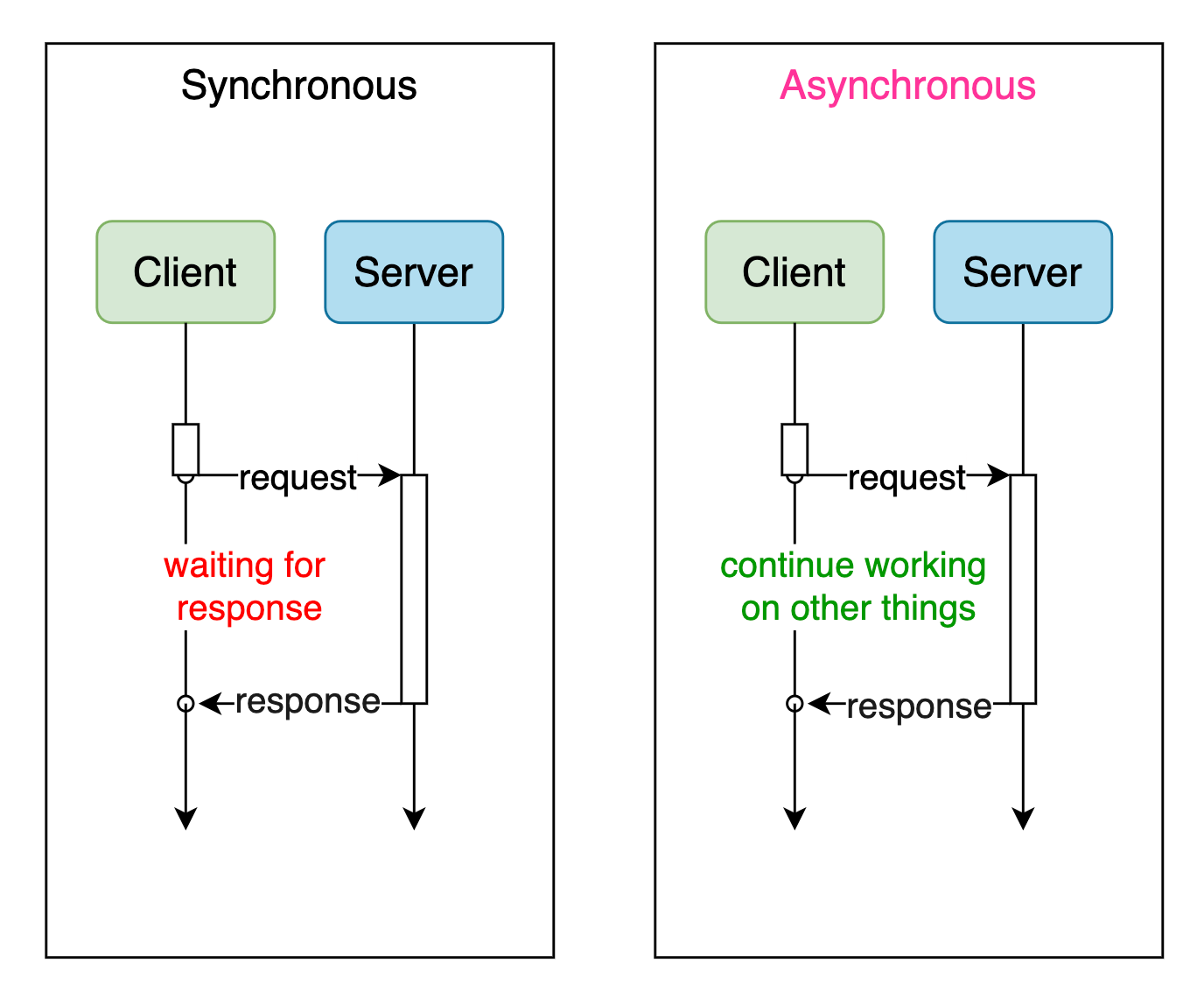
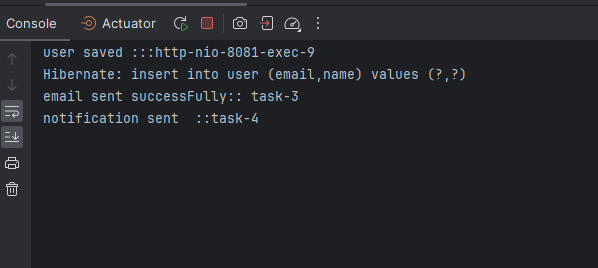
To use @Async effectively, you'll need to configure an ExecutorService (a thread pool) or an TaskScheduler (which manages tasks in a single-threaded environment). This is typically done by creating a bean of type TaskExecutor in your application configuration file.
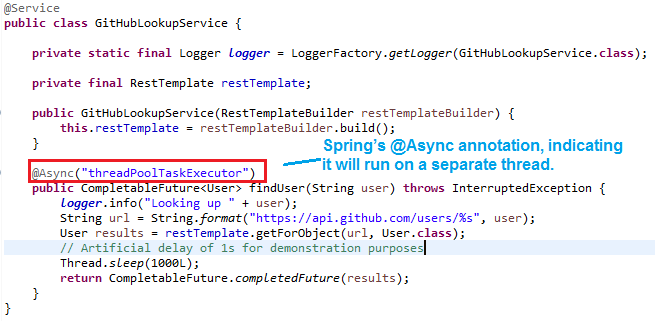
Here's a simple example of how to use @Async:
java@Service public class MyService { @Async("taskExecutor") public Future myAsynchronousMethod() { // simulate some long-running operation try { Thread.sleep(5000); } catch (InterruptedException e) { Thread.currentThread().interrupt(); } return Futures.completedFuture("Result of the asynchronous method"); } }
In this example, myAsynchronousMethod is marked as asynchronous using @Async, and it uses a TaskExecutor bean named "taskExecutor" to execute the method. The Future<String> return type indicates that the method will run asynchronously and return a result.
When you use @Async, keep in mind that you'll need to handle exceptions properly, as they can cause problems if not handled correctly. Additionally, ensure that your application configuration is set up correctly to manage the asynchronous tasks efficiently.
In summary, @Async annotation in Java allows you to mark methods as asynchronous, enabling concurrent execution and improving overall system performance, scalability, and responsiveness.





























